Australian and Chinese university researchers have identified probable locations for critical metals needed to support a green economy by studying how critical metals accumulate at the margins of old cores of continents.
Led by China University of Geosciences Dr Chunfei Chen whose post-doctoral research is with the Earth Evolution research group at Macquarie University, said the probable locations and mechanisms of accumulations of critical metals are at the margins of old cores of continents.
“These cores are the thickest, bowl-shaped, parts of tectonic plates. Melts that form below their centres will flow upwards and outwards towards the edges, so that volcanic activity is common around their edges,” Chen said.
Previous high-pressure experiments in the Earth Evolution group have shown that initial melts at around 200 kilometres depth are rich in carbonate but contain much less silica than most rock melts.
The new experiments by Dr Chen and colleagues show that these melts will lose silica and become almost pure carbonate as they flow upwards and outwards beneath the continental cores.
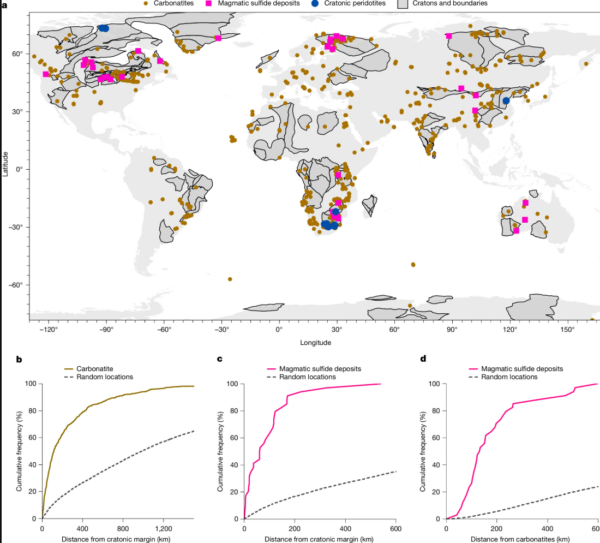
Image: Nature Communications
Professor Stephen Foley from Macquarie’s School of Natural Sciences said the link to critical metals lies in this change in melt composition.
“The initial melts can carry lots of critical metals and sulfur, but our new results show that these are dropped by the melt as it loses silica. This causes concentrations of critical metals and sulfur in linear arrangements around the edges of thick continental cores,” Foley said.
The research also confirms that mantle samples brought to the surface in volcanoes in these areas contain more sulfur and copper than elsewhere on the continents.
The new work explains recent observations by researchers at the Canberra-based Australian National University and Geoscience Australia, which both found critical metals accumulated around the edges of continent cores, homing in on critical mineral hotspots.
The researchers’ findings have been published in the journal Nature Communications, in a paper called Sulfide-rich continental roots at cratonic margins formed by carbonated melts.
To transition to a green economy, more critical metals such as copper, rare earth elements and cobalt than are currently available, are required.
This content is protected by copyright and may not be reused. If you want to cooperate with us and would like to reuse some of our content, please contact: editors@pv-magazine.com.
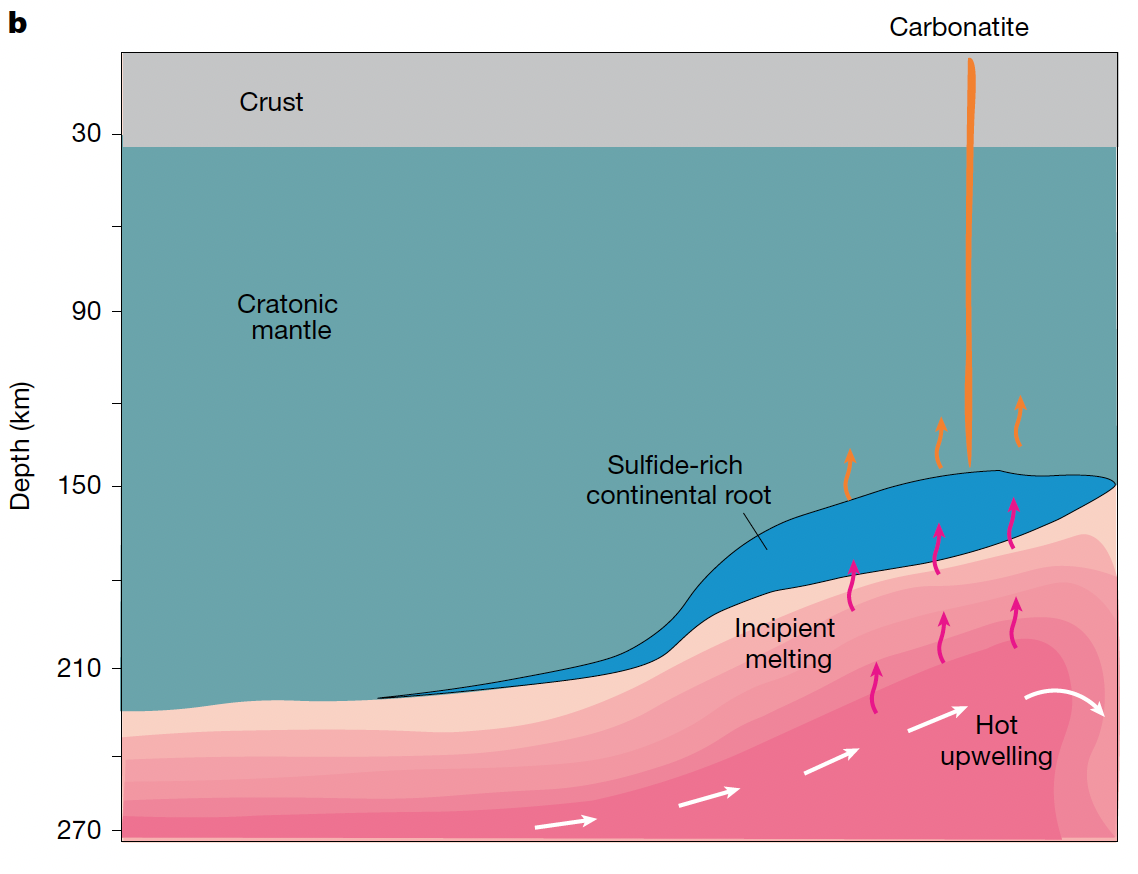
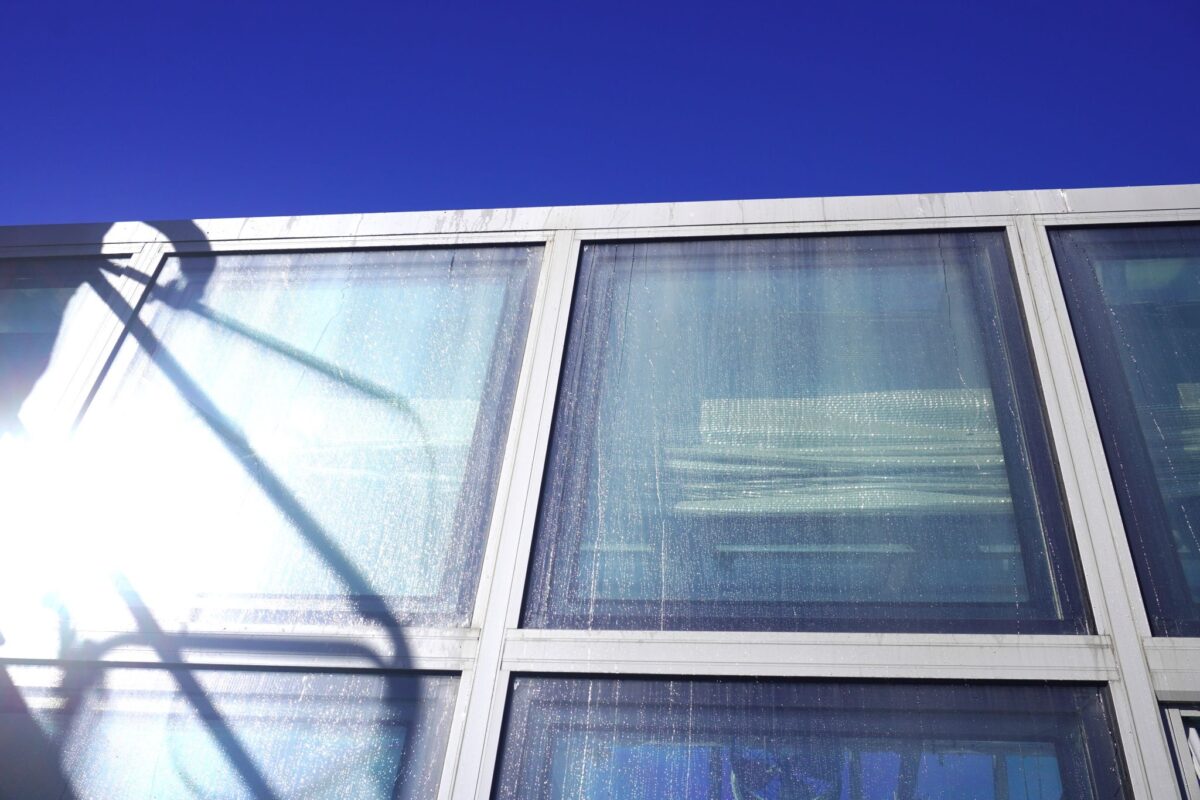

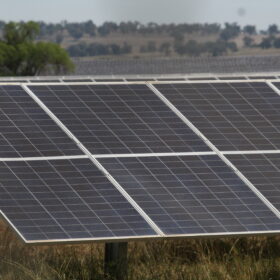
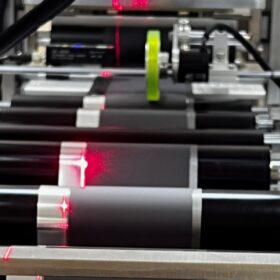
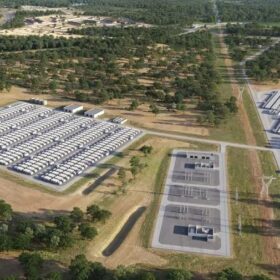
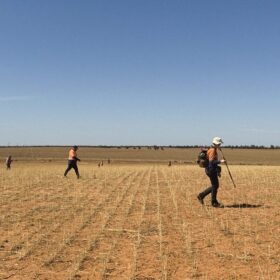
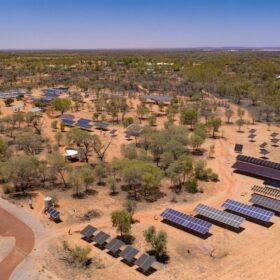
By submitting this form you agree to pv magazine using your data for the purposes of publishing your comment.
Your personal data will only be disclosed or otherwise transmitted to third parties for the purposes of spam filtering or if this is necessary for technical maintenance of the website. Any other transfer to third parties will not take place unless this is justified on the basis of applicable data protection regulations or if pv magazine is legally obliged to do so.
You may revoke this consent at any time with effect for the future, in which case your personal data will be deleted immediately. Otherwise, your data will be deleted if pv magazine has processed your request or the purpose of data storage is fulfilled.
Further information on data privacy can be found in our Data Protection Policy.